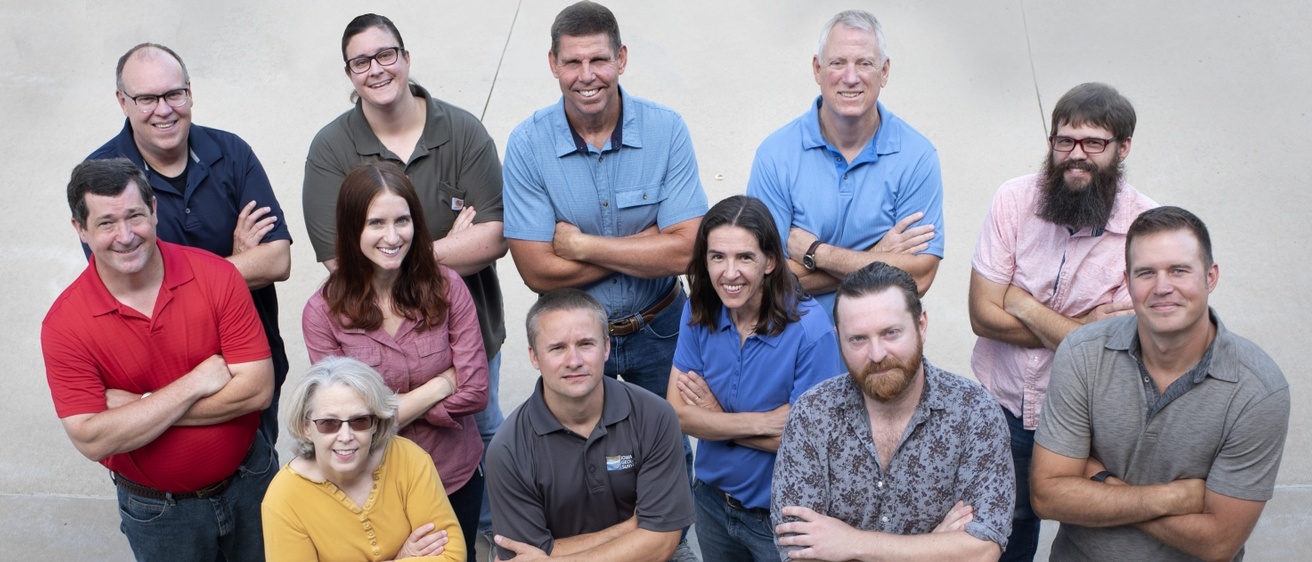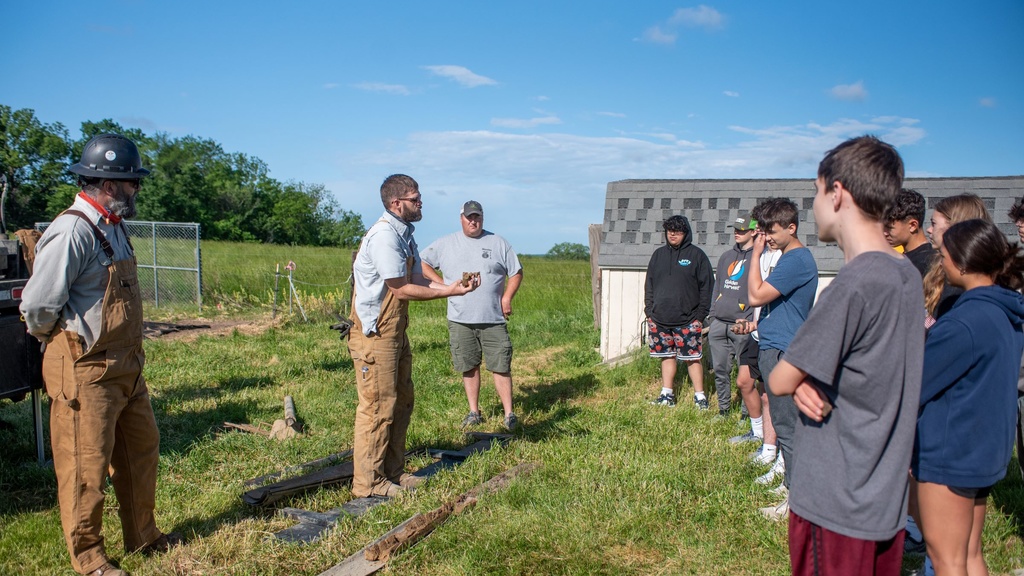
IGS Demonstrates Well Installation and Soil Core Extraction
Friday, June 7, 2024
Matthew Streeter and Thomas Stoeffler led a demonstration for Muscatine high school students at the Muscatine Agriculture Learning Center. They showcased the operation of a drill rig to install a monitoring well and extract soil cores to teach soil health principles
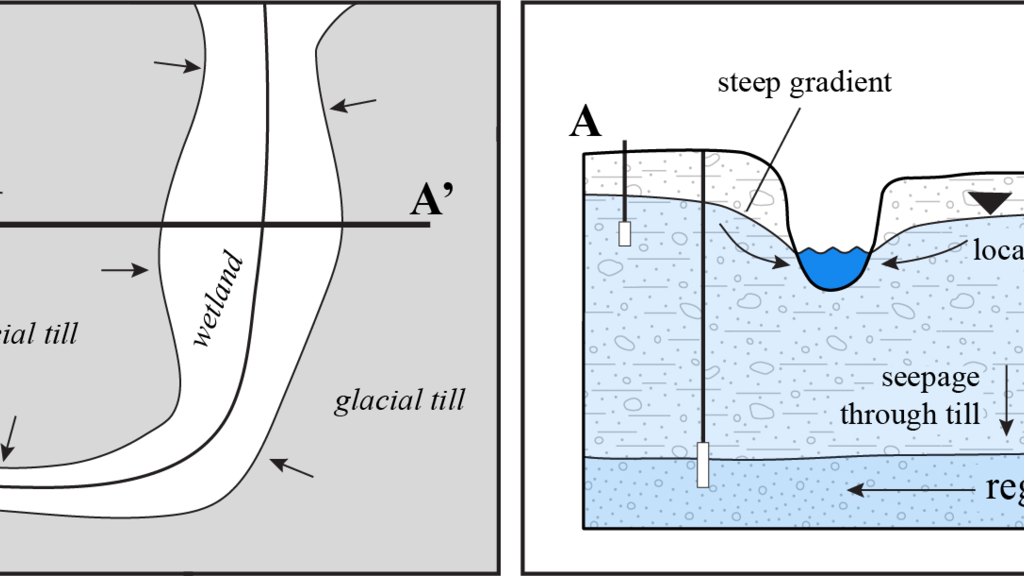
Groundwater Flow in Hummocky Glacial Terrain in the Iowa Great Lakes Area
Friday, May 17, 2024
Iowa Geological Survey researchers investigated groundwater flow patterns within the Spring Run pothole wetland complex located east of East Lake Okoboji. Results are helping IGS develop a better understanding of the hydrology present within the IGL watershed and the larger PPR region.
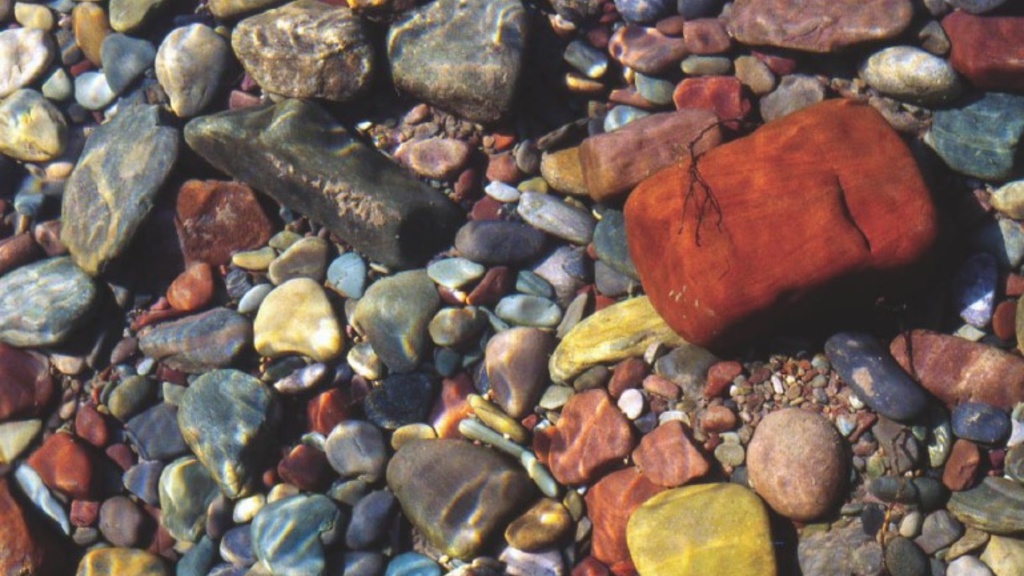
Hydrogeologists’ Corner: Understanding Groundwater
Monday, February 5, 2024
The field of hydrogeology (hydro- meaning water, and -geology meaning the study of the earth) is the area of geology that deals with the distribution and movement of groundwater in the subsurface. Groundwater can be an abstract idea to folks because it is occurs below ground and cannot be directly observed.
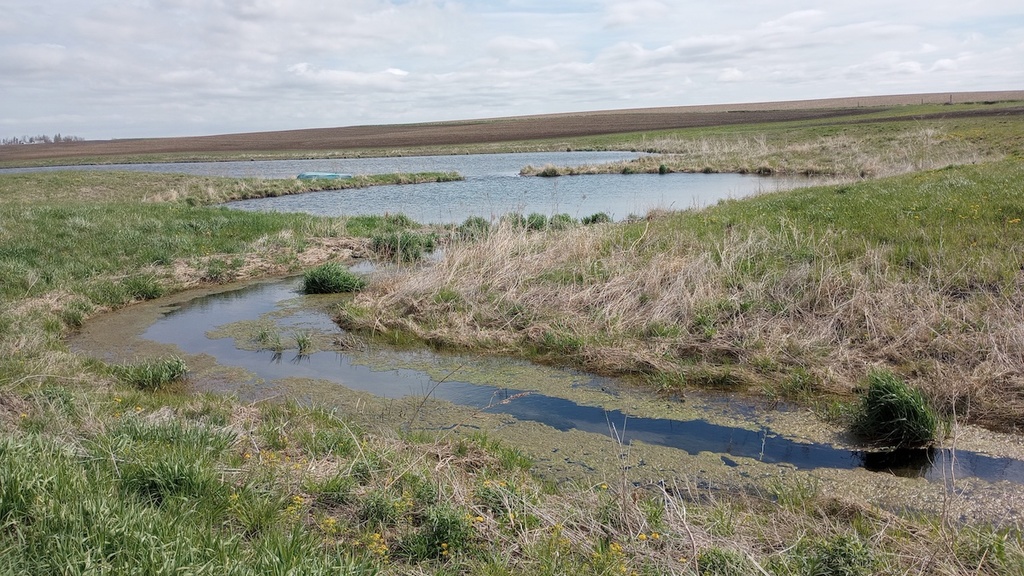
Monitoring the Impacts of an Agricultural Wetland
Thursday, December 21, 2023
Anyone who has driven across Iowa knows that the state is dominated by agriculture. But among the fields lined with corn, soybean, and livestock, a new feature is becoming more common: wetlands.
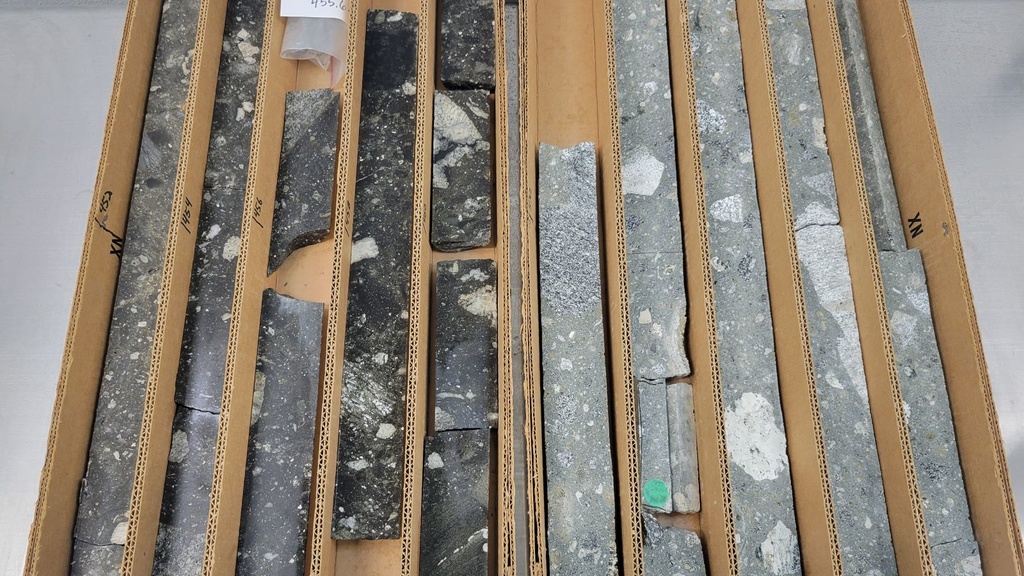
Dating Minerals to Determine the Age of Iowa’s Rocks
Monday, December 11, 2023
Evidence of how Iowa has evolved over Earth’s 4.6-billion-year history is preserved in the rocks. The job of an IGS geologist is to study these rocks using a variety of tools and methods and from the data collected continue to reveal and refine our understanding of that history.
A New Age in Monitoring Iowa’s Aquifers
Wednesday, September 13, 2023
The IGS monitors groundwater levels in 48 wells scattered across Iowa that are completed in most of the major bedrock aquifers. These wells provide a historical record of groundwater levels and help evaluate aquifer sustainability.
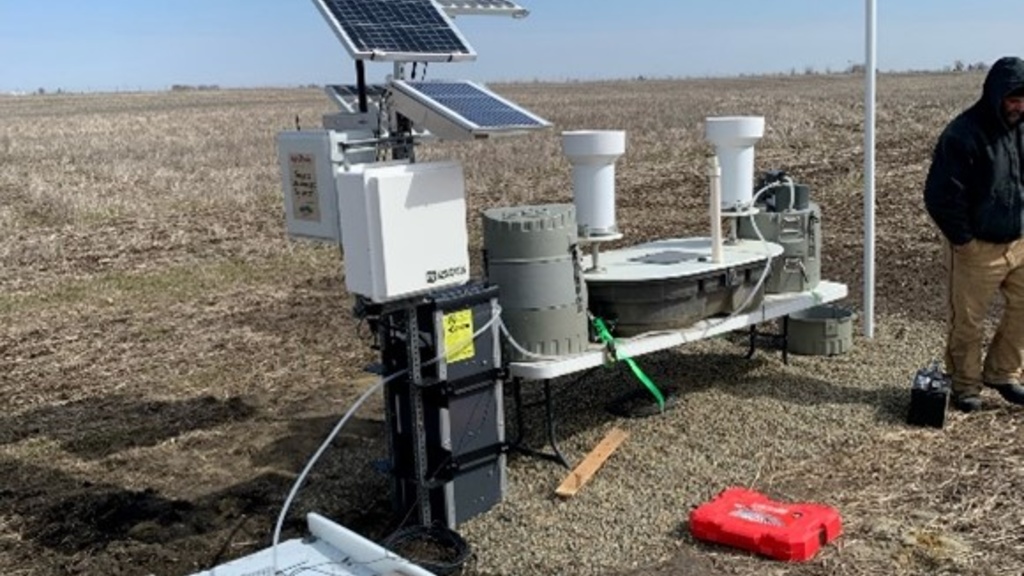
Assessing the Effectiveness of Modified Blind Inlets in Southeast Iowa
Thursday, August 17, 2023
Since 2019, the Iowa Geological Survey led by Matthew Streeter has been quantifying reductions in nitrate, phosphorus, and sediment concentrations at multiple sites in Keokuk, Scott, and Wapello counties in Iowa.
The Iowa Geological Survey and Iowa Project AWARE: A Match Made in Mud!
Wednesday, August 2, 2023
For the past 20 years Iowa Project AWARE (A Watershed Awareness River Expedition) has been cleaning up Iowa’s rivers with the help of hordes of volunteers and a few dedicated staff members. The Iowa Geological Survey (IGS) has participated just about every year, from helping haul trash to giving educational programs.
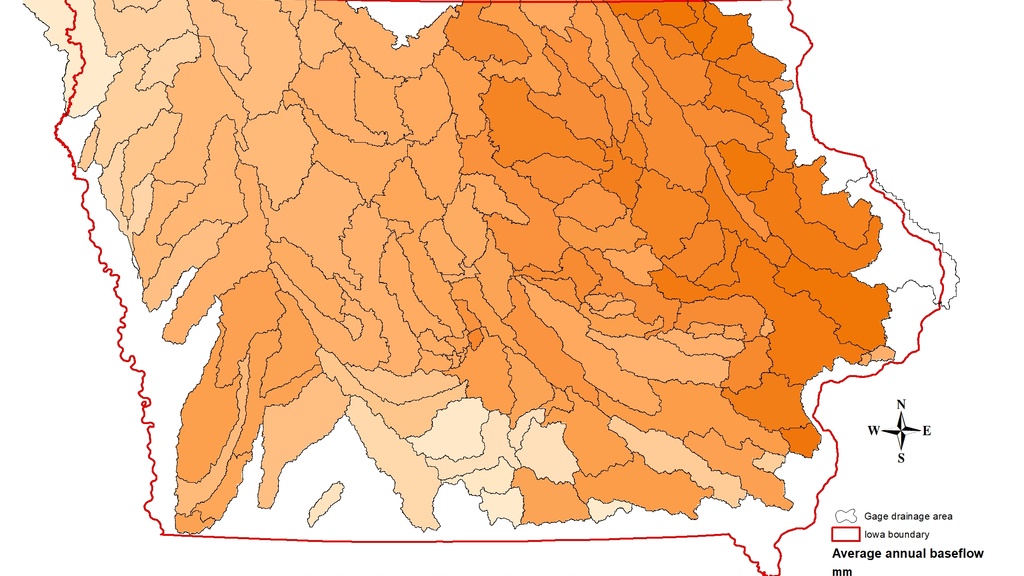
Groundwater Quantity Challenges for Iowa's Unconfined Aquifers
Wednesday, June 28, 2023
Iowa relies on groundwater, especially unconfined aquifers, for drinking water and agriculture. Climate change affects recharge and sustainability. Alluvial aquifers face risks from drought and demand. Strategies like floodplain features and better pumping management enhance sustainability.
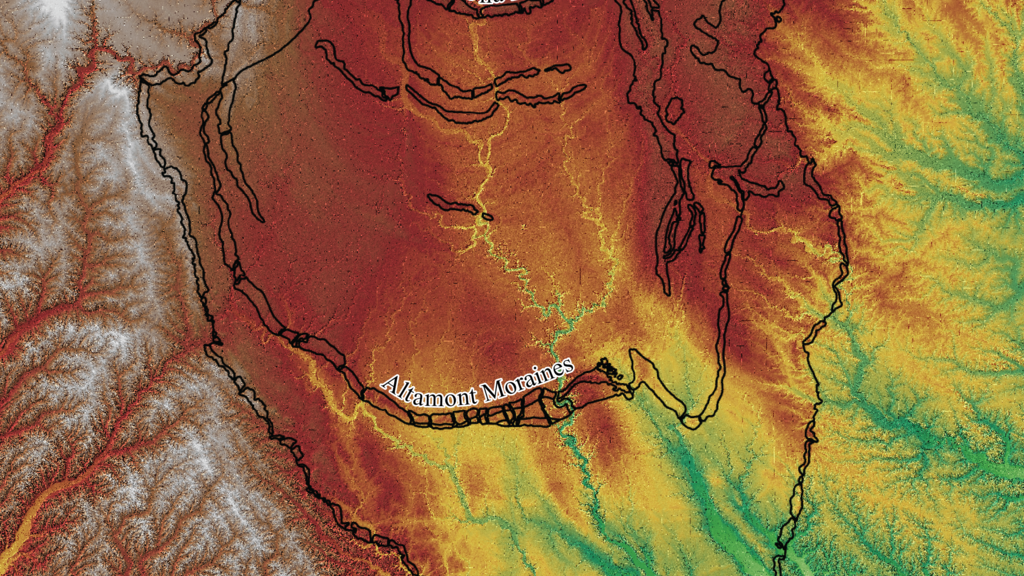
Timing of the Des Moines Lobe
Wednesday, June 7, 2023
Central Iowa was glaciated by the Des Moines Lobe, which advanced quickly and lacked features like drumlins, eskers, and kames. Scientists determine the timing of ice advance by radiocarbon dating organic materials in glacial sediment. The calibrated ages show that the Des Moines Lobe reached Des Moines around 15,700 to 16,000 years ago and advanced rapidly at a rate of 1-2 km per year.
Pagination
